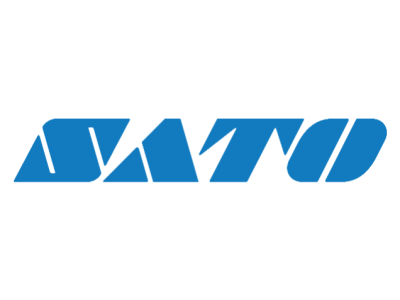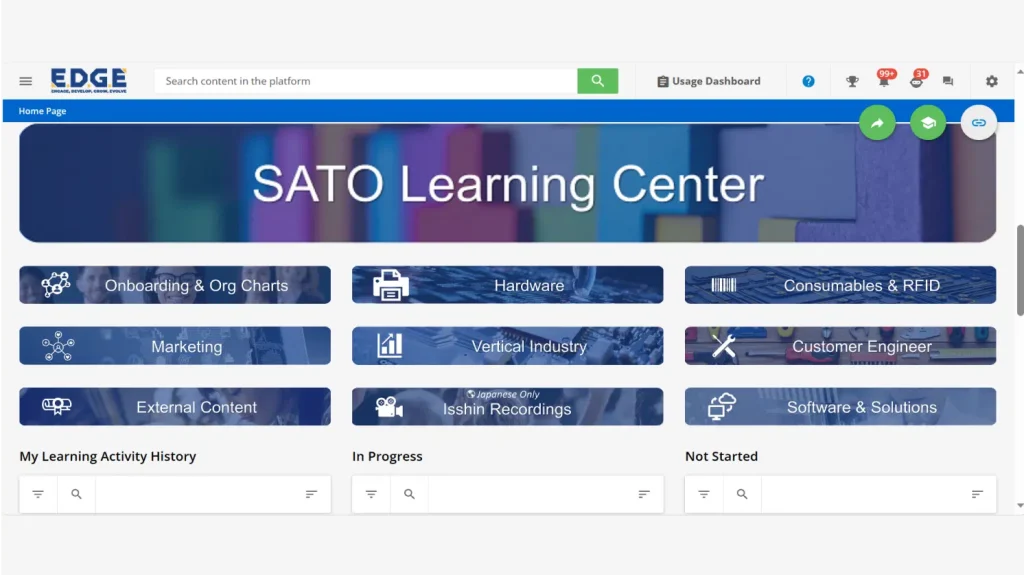When HR Specialist Joao Celestino first started working at SATO Holdings, the company was in the middle of a global initiative, aptly named “ONE SATO,” to unify its company culture and processes.
With offices across 26 countries spanning a wide variety of cultures, languages, and audiences, the company was decentralized. Offices shared the SATO name, but employees didn’t feel connected to colleagues in other regions and HR initiatives were fragmented across offices.
The company realized that one of its major roadblocks was its inability to create global L&D initiatives: Their existing learning system was outdated and severely limited. Language localization and analytics were non-existent. Because of this, new employee onboarding was designed and conducted locally. Each office had its own processes, there were no companywide standards, and implementing anything from HQ was difficult. Onboarding a new employee could take over nine months, costing the company time and wasting valuable resources—not to mention increasing employee frustration.
Employees also didn’t have any way to learn about the company’s new products—they had to rely on individual managers for training. In addition, industry information provided by headquarters was difficult to share due to inconsistent knowledge levels across SATO employees. As a result, employees sometimes felt unsupported and they didn’t know where to turn to learn more about SATO’s products and solutions.

